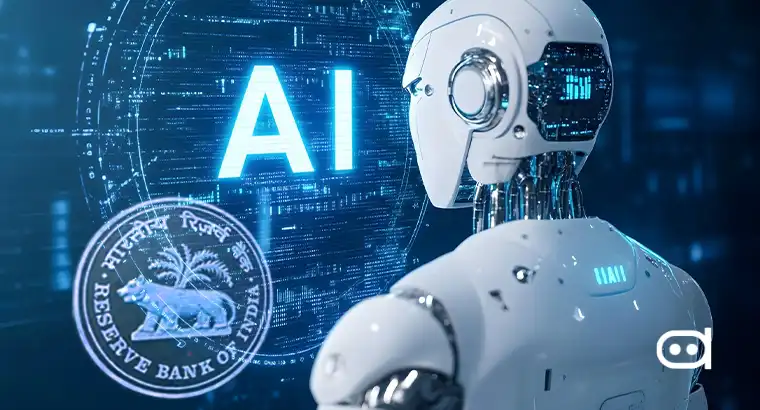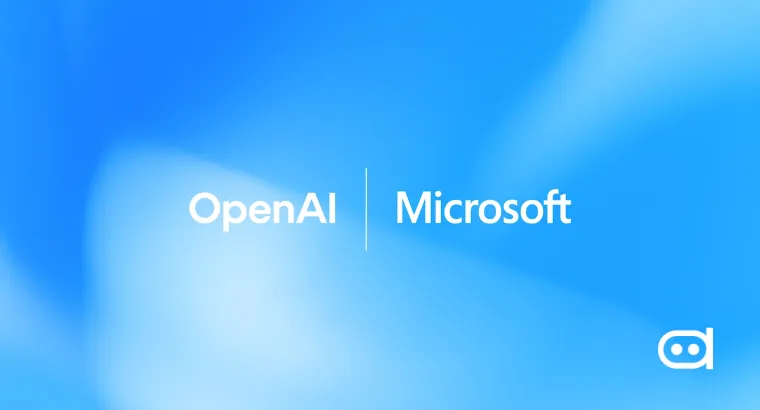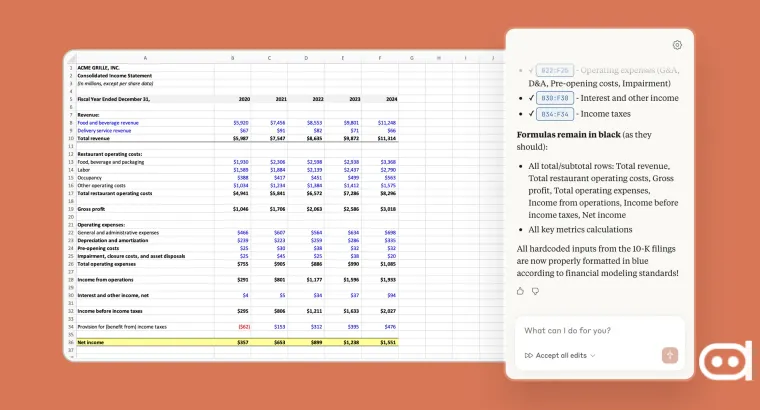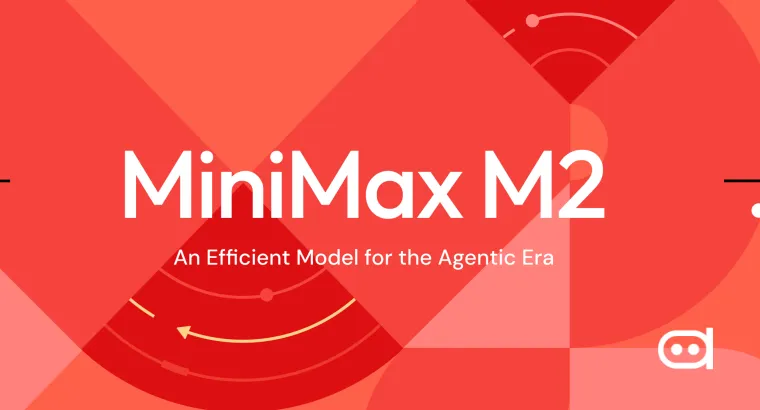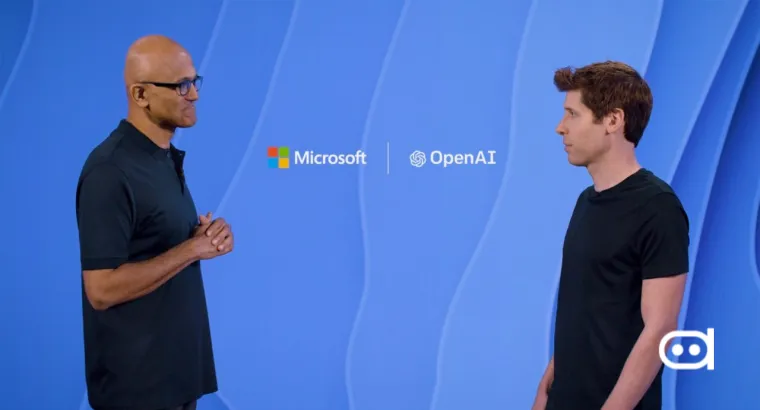
A team of specialists from MIT has developed a groundbreaking AI system called SciAgents, its sole goal is to independently generate and evaluate potential research problems in different disciplines. Utilizing this feature allows emulating the forms of work applied by human researchers, and therefore, opening new frontiers in scientific investigation based on AI technology and cooperation between human and the system.
A publication in Advanced Materials suggests that Alireza Ghafarollahi, a postdoctoral researcher at the Laboratory for Atomistic and Molecular Mechanics (LAMM), and Markus Buehler, the Jerry McAfee Professor in Engineering at MIT, have in their group devised the use of a range of specific AI agents handling complex research exercises in the form of a team. This strategy complements the approach of decentralizing tasks among different AI agents when solving complex problems.
How SciAgents Functions Like a Human Research Team
SciAgents employs a method called the graph reasoning, wherein AI models study a knowledge graph in search of the relationships between scientific concepts. This approach allows the formation of hypotheses that are proven on facts and based on the general scientific experience rather than simple reproduction of the previously assimilated information. This achievement is considered by researchers as an important step in the development of AI capabilities, leaving the stage of replicating existing knowledge and moving to the stage of creating new knowledge.
According to Buehler, this is in adherence to a multi-agent perspective because a research effort is a collaborative work which involves different persons working and finding out solutions collectively. To achieve this, the team sets out to mimic the typical functioning of individuals in a team, in order to capture the pace and unplanned insights that human interactions bring about. As such, Buehler thinks it possible they can use AI to explore the possibility of its creativity and contribution to the advancement of science akin to how people discuss ideas casually.
The SciAgents framework consists of several artificial intelligence models that are designed for specific functions. For instance, the Ontologist role involves setting up definitions for scientific terms and mapping relationships in the knowledge graph. At the same time, Scientist 1 works with the system to create research proposals according to their relevance and uniqueness. Scientist 2 then adds the trials that may be used in experimental strategies and enhancements to these propositions. To enable comprehensive assessment towards effectiveness and creativity, a proposal is analyzed by a Critic agent who outlines the drawbacks and how the efficiency and expansiveness of the solutions can be improved. Such a spectrum of roles promotes a multifaceted approach to conducting scientific research within the given framework.
To prove that the technology worked, researchers undertook tests focused on particular terms such as ‘silk’ and ‘energy intensive.’ Thus, using the knowledge graph and input data, they were able to build hypotheses. Among the suggestions made was the use of silk and pigments from dandelions to create biomaterials that have better optical and mechanical properties. AI system prediction suggested that this new material would further be stronger than the traditional silk-based materials and would also need lesser energy for processing. Similarly, the Critic agent found other risks, for example, scalability concerns and environmental effects on stakeholders, though they should be considered collectively with further assessments and pilot testing.
Many experiments were performed to obtain hypotheses for biomimetic microfluidic chip designs, collagen-gel based scaffolds, and bioelectronic interfaces by using graphene and amyloid fibrils. These tests were indeed a success because they were able to prove how effective the system was in designing good ingenious and robust concepts that can be applied in solving actual problems.
The scientists who took up the SciAgents program plan to add layers to the program and to produce a large number of theories in different domains of science. Their aim is to categorize these concepts and optimize the functioning of the system with the intent of transforming it into a revolutionary means for enhancing scientific research.
As far as the opportunities of the system described by Ghafarollahi, it is possible to mention that it can produce various new and scientifically grounded ideas. To achieve these objectives, the researchers intend to extend the possibilities of the given approach in order to find new directions for exploration and increase the rate of advancement.
SciAgents represents a revolutionary step in the modern development of AI and tests its promising role in science. It offers hints at reality, a future in which AI is not only a helper but also a facilitator of solutions and innovativeness in various fields.
Latest Stories:
SoundHound AI and Lucid to Launch In-Vehicle Generative AI at CES 2025
CES 2025: LeddarTech’s LeddarVision AI Platform Elevates ADAS Solutions
BBVA Develops Spanish Stress Test to Tackle AI Bias Effectively
